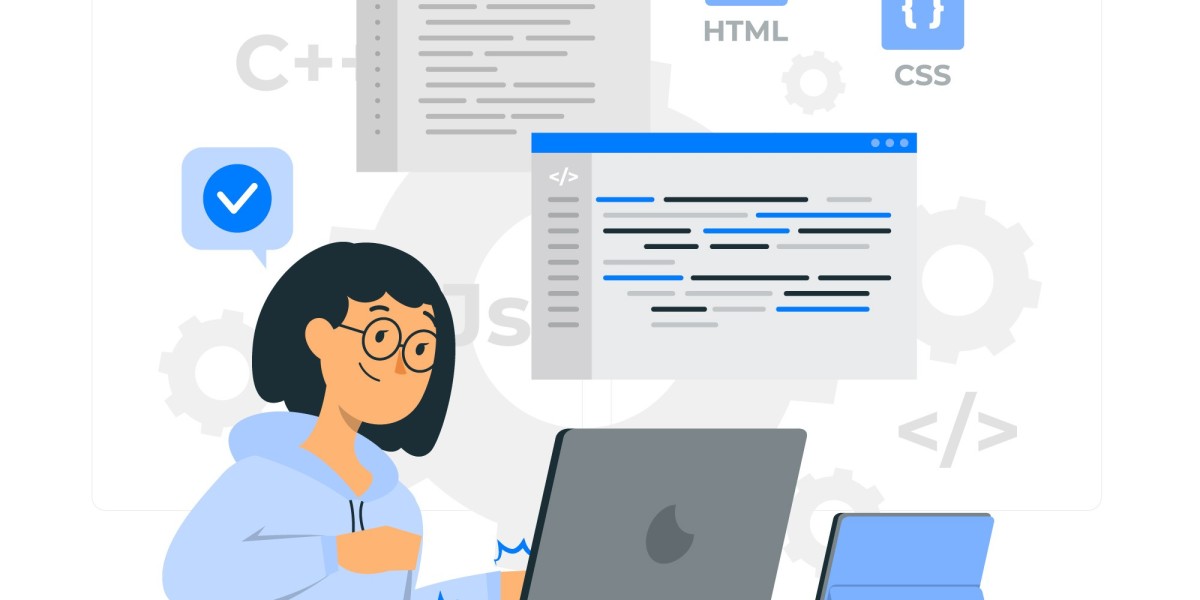In today's digital age, cybersecurity is paramount. With the increasing frequency and sophistication of cyber threats, ensuring the security of software applications is a top priority for developers and organizations. Cybersecurity solutions in software development are not just an add-on; they are integral to building trust with users and protecting sensitive data. In this blog, we'll explore the importance of prioritizing security and delve into the cybersecurity solutions that can be implemented to safeguard software applications.
The Growing Importance of Cybersecurity in Software Development
The proliferation of software applications across various industries has made them prime targets for cyberattacks. Whether it's a web application, a mobile app, or an enterprise software solution, these applications store and process a wealth of sensitive information. Here's why cybersecurity in software development is more critical than ever:
Data Protection: Applications often handle personal and financial data, making them attractive targets for data breaches.
Reputation Management: A security breach can have a devastating impact on an organization's reputation, eroding trust among users and stakeholders.
Compliance Requirements: Many industries have strict regulations regarding data security, and non-compliance can lead to legal and financial repercussions.
Financial Loss Prevention: Cyberattacks can result in significant financial losses due to data theft, system downtime, and legal expenses.
Business Continuity: Security breaches can disrupt business operations, causing downtime and financial losses.
Cybersecurity Solutions in Software Development
To address the ever-evolving threat landscape, software developers must integrate cybersecurity solutions into every phase of the software development life cycle. Here are some essential cybersecurity solutions and practices:
Secure Coding Practices:
Developers should follow secure coding guidelines and best practices to minimize vulnerabilities in the code. This includes input validation, avoiding hardcoded passwords, and regular code reviews.
Authentication and Authorization:
Implement robust authentication and authorization mechanisms to ensure that only authorized users have access to specific features or data.
Data Encryption:
Secure data during transmission and when stored to safeguard it from unauthorized intrusion. Secure socket layer (SSL) and encryption algorithms are common tools for data protection.
Regular Security Updates:
Ensure that all software, libraries, and dependencies are consistently kept current. Vulnerabilities are often discovered in third-party components, and updates are crucial for patching these issues.
Web Application Firewalls (WAF):
WAFs are designed to protect web applications from a variety of attacks, such as cross-site scripting (XSS) and SQL injection.
Security Testing:
Regularly perform security testing, including penetration testing and vulnerability assessments, to identify and mitigate potential threats.
Access Control and Permissions:
Implement strict access control and permissions to ensure that users can only access the information and functions relevant to their roles.
Incident Response Plan:
Create a well-defined incident response strategy detailing the actions to be taken in the event of a security breach, and consistently review and enhance this plan.
User Training:
Train users and employees on best security practices, such as creating strong passwords, recognizing phishing attempts, and avoiding suspicious downloads.
Intrusion Detection Systems (IDS):
Implement IDS to detect and respond to suspicious activity or unauthorized access.
Real-Life Examples of Cybersecurity in Software Development
OWASP Top Ten: The Open Web Application Security Project (OWASP) publishes an annual list of the top ten security risks in web applications. By addressing these issues, developers can significantly enhance the security of their software.
Two-Factor Authentication (2FA): Many applications now offer 2FA, which requires users to provide two separate authentication factors before granting access.
Regular Patching: Software vendors regularly release security patches to address known vulnerabilities. Timely application of these patches is vital to maintaining a secure software environment.
End-to-End Encryption: Messaging apps like WhatsApp and Signal use end-to-end encryption to ensure that only the intended recipients can read the messages, providing a high level of privacy.
The Human Factor in Cybersecurity
While technical solutions are vital, it's important not to overlook the human element in cybersecurity. Employees and users play a significant role in maintaining a secure software environment. Education and awareness campaigns can help users recognize and report security threats.
Conclusion
Prioritizing security is not an option; it's a necessity in today's software development landscape. Software applications are prime targets for cyberattacks, making cybersecurity solutions an integral part of the Software development services. By integrating secure coding practices, regular testing, and robust security measures, software developers can build applications that not only meet user needs but also protect sensitive data and foster trust among users and stakeholders. Cybersecurity should not be an afterthought but a foundational principle in software development, ensuring that software remains secure and resilient in the face of evolving threats.








